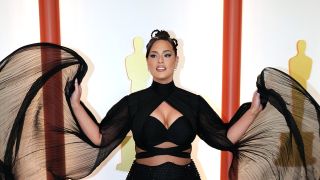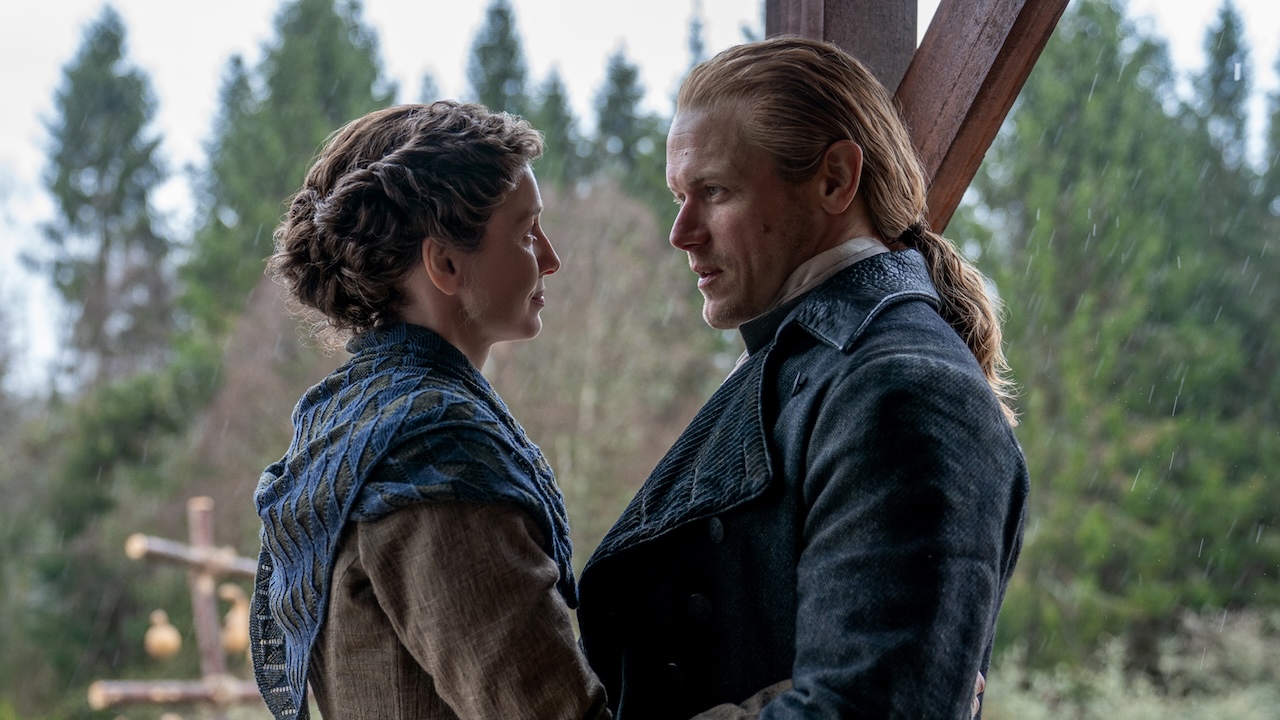cannes film festival
Latest about cannes film festival
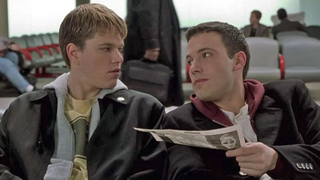
Fans Watched Dogma At Cannes, And Kevin Smith Shared The Incredible Response
By Dirk Libbey published
Dogma returned to Cannes, and Kevin Smith is very happy
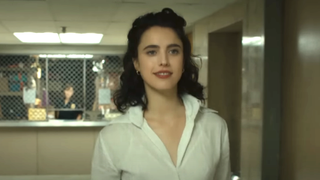
Margaret Qualley Got A Cannes Standing Ovation (But Her Gorgeous Pink Dress Deserves All The Applause)
By Sarah El-Mahmoud published
The belle of the ball!
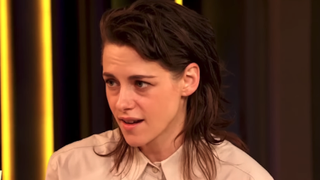
I Wasn't Expecting Kristen Stewart To Compare Her Directorial Debut To An Orgasm, But She Has A Solid Point To Make
By Sarah El-Mahmoud published
"Stick with me!"
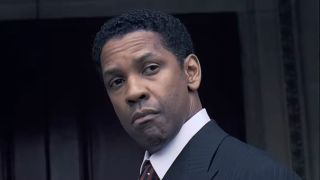
See Denzel Washington Seemingly Have Tense Interaction With Photographer On The Red Carpet (According To A Lip Reader)
By Dirk Libbey published
Denzel was not happy.

Jennifer Lawrence Rocked Not One But Two Stunning Gowns At Cannes Premiere Of Her Movie With Robert Pattinson
By Erik Swann published
She rarely misses when it comes to her wardrobe.
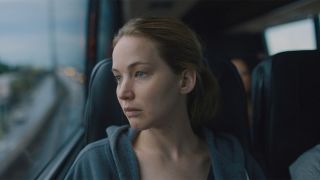
‘You Feel Like An Alien.’ Jennifer Lawrence Is Usually Candid, And She Did Not Hold Back About What Motherhood Feels Like As Her New Movie Landed A Standing Ovation At Cannes
By Caroline Young published
Jennifer Lawrence gets real about motherhood and identity.
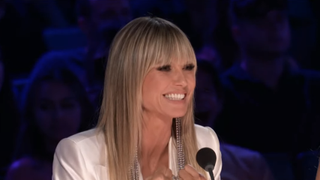
Heidi Klum's Wild Cannes Outfits Included A Dress Made Of Nothing But Feathers And Another That Was Just One Giant Ruffle
By Sarah El-Mahmoud published
The America's Got Talent judge is turning heads at Cannes with some major fashion moments.
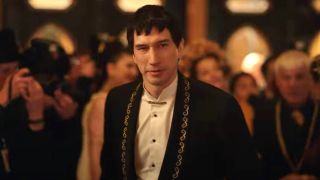
Megalopolis Premiered At Cannes, And Critics Have Strong Reactions To Francis Ford Coppola’s Sci-Fi Epic
By Heidi Venable published
Francis Ford Coppola's Megalopolis premiered at Cannes Film Festival, and critics have strong reactions to the science-fiction drama.
Your Daily Blend of Entertainment News
